Don’t you hate when you see rust forming on your precious metal belongings? Don’t despair! With some elbow grease and some know-how, you can make them look as good as new.
So, what is rust? Well, when iron, oxygen, and moisture come into contact, rust can develop on certain metal surfaces. It is advisable to eliminate the rust promptly upon observing a small patch since it will persistently deteriorate the metal if left unattended.
So how to remove rust from metal surfaces?
The short answer is – “There are several ways: you can use white vinegar, baking soda, lemon and salt, and potato-dish soap as homemade remedies. On the other hand, there’re chemical rust removers that mostly comprise phosphoric or oxalic acid. And could also use power tools to scrape off the rust.”
Types of Metals Prone to Rusting
In short, metals that contain iron, or are made of iron alloys, are prone to rusting.
Here’re some of the metals that are prone to rusting.
- Iron: Iron is highly susceptible to rusting due to its high reactivity with oxygen and moisture.
- Steel: Steel is an alloy of iron and carbon, and therefore, it’s also prone to rusting. The amount of carbon in the steel and the presence of other elements can affect its rust resistance.
- Cast iron: Cast iron is a type of iron that contains high amounts of carbon, making it more brittle and prone to rusting than other types of iron.
- Galvanized steel: While galvanized steel has a protective layer of zinc to prevent rust, it can still rust if the coating is scratched or damaged.
- Copper: While copper is not as prone to rusting as iron or steel, it can develop a greenish patina over time due to oxidation.
How to Remove Rust From Metal Surfaces?
If you’ve noticed rust forming on your metal surfaces, don’t worry. Removing rust is easier than you might think. With the right tools and techniques, you can restore your metal objects to their original shine and prevent further corrosion. In this guide, we’ll explore some simple methods for removing rust from metal surfaces.
1. Home-Made Remedies
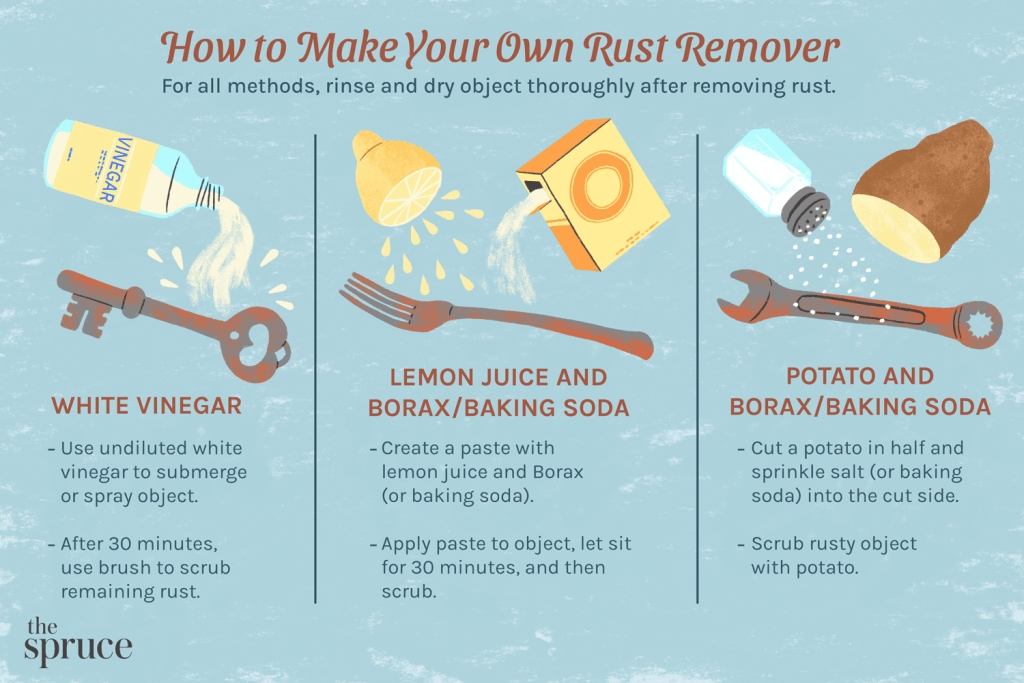
White Vinegar
White vinegar can be an excellent means of removing rust as it easily dissolve rust on metal surfaces.
- To use this method, soak the metal in white vinegar for several hours and then scrub off the rust with an old toothbrush.
- If the object is too large to soak in vinegar, you can pour the vinegar over the top and let it sit for a while. Alternatively, you can wipe the metal down with a rag soaked in vinegar.
- For a less abrasive approach, you can dip aluminum foil in the vinegar and use it as a brush to scrub off the rust. Regular vinegar can also be used by soaking the rusty metal objects for up to 24 hours before rinsing, which should minimize the need for excessive scrubbing.
Baking Soda
Baking soda works well on items with light rust stains. It also works well on items made out of thin metal, like knives.
- Mix enough water into baking soda until you are able to form a thick paste. Use your hand or a toothbrush to spread the paste all over the metal, making sure that rusty spots are well covered.
- Let the paste sit on the object for an hour or so. Use steel wool, a scouring pad, or a wire brush to scrub the object and remove the rust.
- Rinse the paste off with water and repeat if needed and dry thoroughly.
Lemon and Salt
The combination of acidity in lemon (or lime) and the abrasiveness of table or kosher salt can work wonders in removing rust.
- To use this method on garden tools, simply cover the rusted areas with salt and squeeze fresh lemon juice (avoid bottled lemon juice and use the real thing) over the layer of salt.
- Don’t throw away the used lemon. Let the salt and lemon mixture sit for approximately two hours, then use the lemon rind as a scrubber to remove the rust. For stubborn rust stains, you may need to use steel wool, a scouring pad, or a wire brush.
- When finished, rinse off the lemon juice, salt, and rust residue, and dry the metal item thoroughly.
Potato and Dish Soap
Believe it or not, a potato can be used to treat rusted areas! Potatoes naturally contain oxalic acid, which happens to be a primary ingredient in many cleaning products and can dissolve rust.
- To try this method, start by cutting a potato in half and covering the cut section with dish soap.
- Next, sprinkle salt (or baking soda) onto the potato. Both the salt and baking soda will act as mild abrasives to help scrape off the rust from the metal surface as it dissolves.
- Use the potato to rub the rusted area until the corrosion disappears. Afterward, rinse and dry the metal item thoroughly. It is important to note that this method is most effective for metal pieces without detailing or relief work.
2. Using Store-Bought Chemicals
Harsh Chemicals
The conventional rust-removing solutions comprise phosphoric or hydrochloric acid, which effectively dissolves rust. However, these chemicals are harsh and emit strong fumes, so it’s essential to wear protective gear such as rubber gloves, goggles, and a respirator. You can purchase these chemicals from the paint section of any home center. Additionally, you’ll require an old paintbrush, a waste container, a 3-inch putty knife, and rags.
Using the paintbrush, apply the chemicals and allow them to work for the recommended duration. Afterward, use the putty knife to scrape off the dissolved rust.
Mild Chemicals
There are several non-toxic and acid-free soaking solutions available for rust removal. While these chemicals dissolve rust at a slower pace, they are effective if you are willing to be patient. To use them, pour the rust remover solution into a plastic tub and ensure that any oil or grease is cleaned off the rusted metal before immersing it in the solution. Once the item is submerged, leave it to soak for the recommended time.
3. Using Power Tools
If you prefer not to use chemicals and also intend to eliminate the paint alongside the rust, you can utilize power tools such as a grinder, sander, oscillating tool, or drill to remove rust from tools. Here’s How you do it:
- No matter which tool you choose, always start with the coarsest abrasive to remove rust and pockmarks from the metal surface. Once the rust is eliminated, switch to a finer grit to smooth out any swirls or grooves created by the previous abrasive. To achieve the best possible outcome, finish the sanding process with 400-grit wet/dry paper, which will leave the surface smooth and ready for painting.
- Use flap discs, fiber discs, and sanders on large, flat areas and switch to wire wheels for seams, corners, and rounded rusted metal areas.
- Use a detail sander for rusted metal corners, tight spots, and small details. Drill-mounted wire wheels and stripping discs can be used as a rust remover instead of or in addition to grinders, though they don’t have as much power or cover as much surface area.
How To Prevent Metal From Rusting?
Preventing metal from rusting is essential to ensure its longevity and optimal performance. There are several ways to prevent rust from forming on metal, and the most effective methods depend on the type of metal and its intended use. Here are some tips on how to prevent metal from rusting:
Coat The Metal
One of the most common ways to prevent rust is by coating the metal with a layer of protective material. This can be done by applying paint, enamel, varnish, or wax. These coatings create a barrier between the metal and the environment, preventing moisture and oxygen from coming into contact with the metal surface.
Keep It Dry
Moisture is the main culprit behind rust formation. Therefore, keeping metal dry is essential to prevent rust.
Use Stainless Steel
Stainless steel is a type of metal that is highly resistant to rust and corrosion. It contains chromium, which reacts with oxygen to form a thin, protective layer on the surface of the metal. Stainless steel is commonly used in outdoor furniture, kitchen appliances, and industrial applications.
Galvanize The Metal
Galvanizing is a process of coating metal with a layer of zinc to prevent rust. It involves immersing the metal object in a bath of molten zinc, which forms a protective layer on the surface of the metal.
Say Bye Bye To Rust
Whether you choose to use natural remedies or commercial products, the key is to act quickly to prevent further damage to the metal. By following the steps outlined above, you can effectively remove rust from metal surfaces and restore them to their former glory. However, it’s better to take proactive measures to prevent rust from forming in the first place.


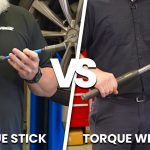
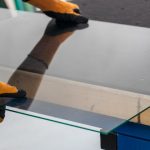



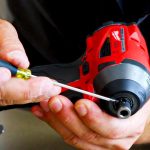
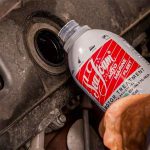

Leave a Comment